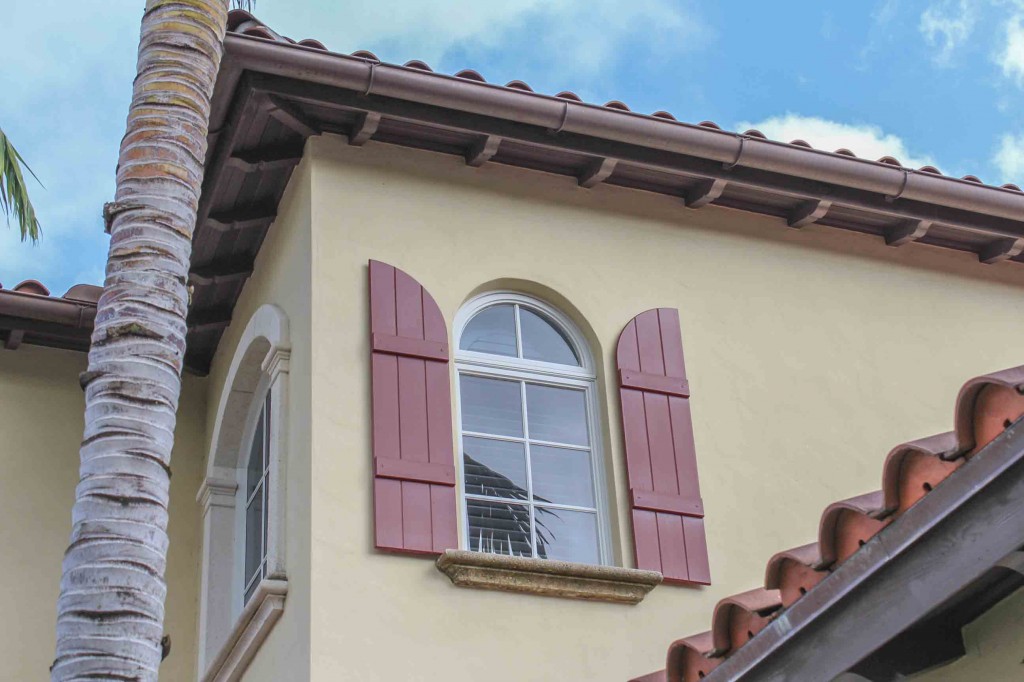If you are thinking of adding a bedroom to a new or existing home, it’s important to think about the building code requirements during the design phase. One very important, and often overlook, requirement for bedrooms is the need for egress. Whether you are finishing a basement with a bedroom or just turning a space in your existing living area into a sleeping room you need to be aware of a few key requirements. Let’s take a look at the important building codes that will affect design.
What is Egress?
The building code says that an emergency egress is an exterior window, egress door or similar component that can serve as a means of escape and access for rescue in case of an emergency. Basements and every sleeping room in the home should have at least one emergency escape and rescue opening. Such openings should open directly onto a public street, public alley, yard or court. So in the event of a fire, gas leak or other hazardous condition, the occupants of the room have a direct escape route from the home.
Basement Sleeping Rooms
Where basements contain one or more sleeping rooms, the egress opening should be installed in each sleeping room but are not required in adjoining areas of the basement. A bedroom egress can be provided with a door, window or even emergency escape window with well. If the egress is provided by a window, here are the basic requirements needed to meet code (be sure to check with the local building department to confirm this meets their requirements prior to finalizing the design):
- The sill height of the opening should not be more than 44 inches above the floor. This makes is feasible for all family members to get out the window without a ladder or step stool.
- The minimum net-clear opening required is 5.7 square feet. This area is intended to provide enough space for a emergency rescue workers to get in and out of the room with the typical equipment.
- The minimum net-clear height of the opening should be 24 inches.
- The minimum net-clear width of the opening should be 20 inches.
- The emergency escape and rescue opening should be operational from the inside without the use of tools, keys or special knowledge.
- The horizontal area of the window well should be at least 9 square feet. It should have a horizontal projection and width of at least 36 inches each way.
- Wells with a vertical depth of at least 44 inches should have a permanent ladder or steps, with an inside width of 12 inches minimum, and at least 3 inches from the wall, and should be spaced no greater than 18 inches apart vertically.
- A set of bars, a grille, a cover or a screen is permitted over an egress opening, provided that the minimum net-clear opening requirements are met. Such devices should be removable from the inside without the use of a key, tool, special knowledge, or force greater than that which is needed for normal operation of the emergency escape and rescue opening.
- Emergency escape and rescue openings are allowed to be under decks and porches, provided that the opening can still be fully opened, and there is an egress path at least 36 inches high leading to a yard or court.
What if I Call the Room a Study Instead?
Some folks might say, “Can I get around the egress requirement if I just call the room something else, even though it will be used as a bedroom?” As a builder and homeowner, I can tell you this is dangerous business. The building codes were designed to protect the general public. What if there is a fire and your family members or guests can’t get out of the room? I’m also regularly asked as a builder, “what makes a code official or inspector call one room a bedroom and another a study or office?” In my experience, the inspector will call a standard room a bedroom if it contains a closet.
So be sure to think about the building code egress requirement when planning any bedroom additions to your new or existing home. It will keep your family safe and improve the overall value of your home when you decide to sell.


